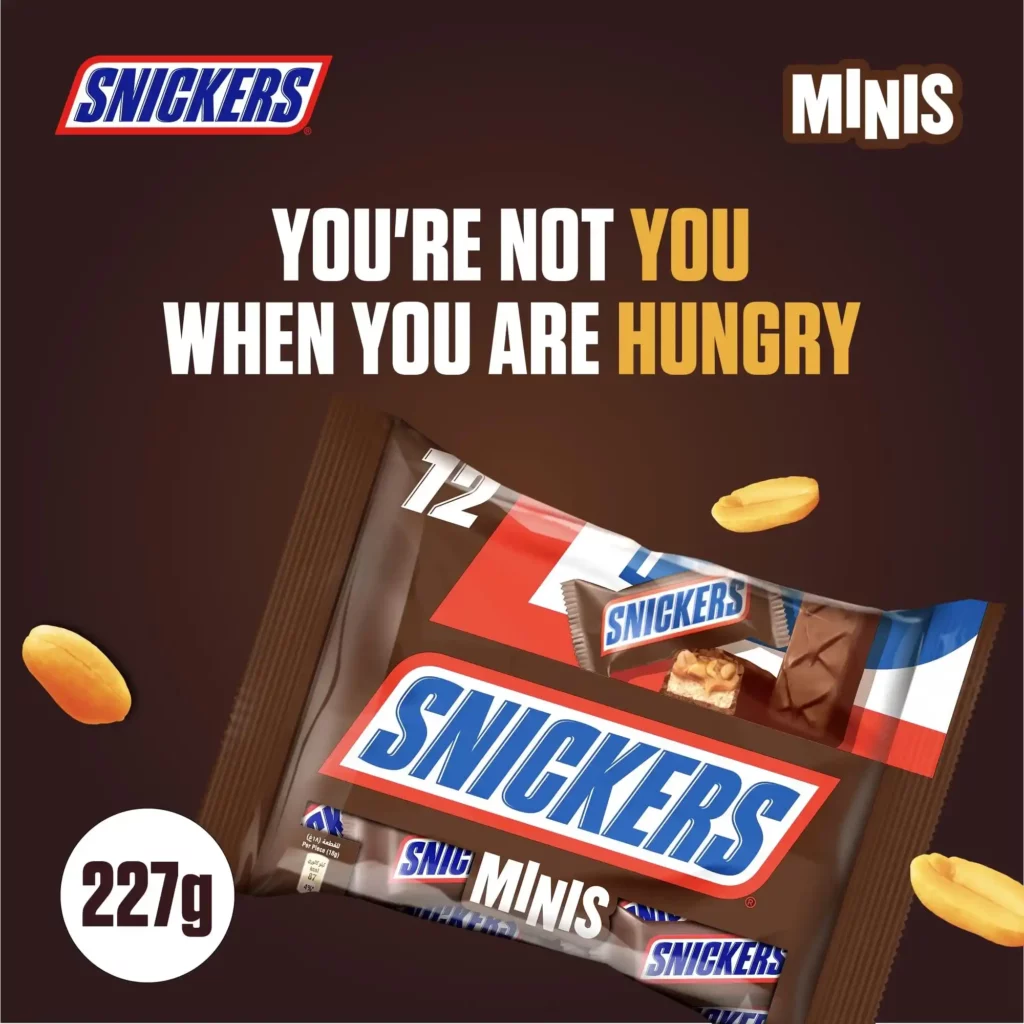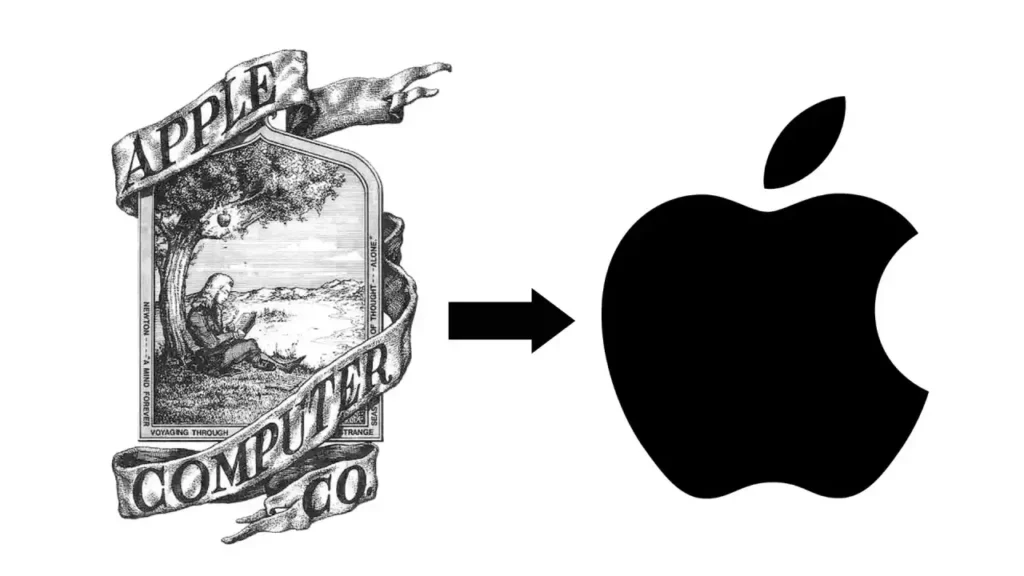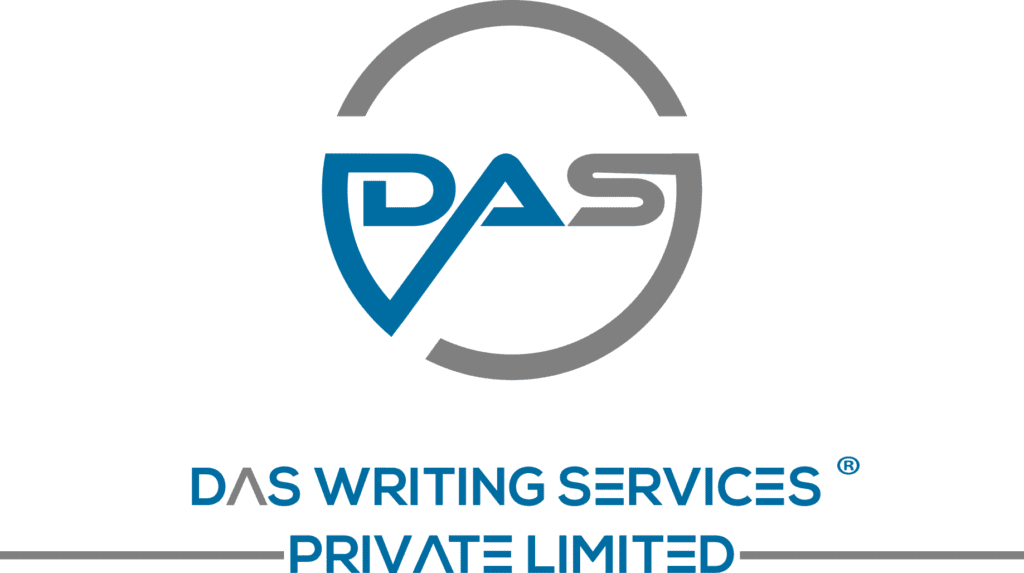Have you ever wondered why some brands instantly come to mind when you think of a product or service, while others fade into the background? This phenomenon, known as brand recall, is a critical factor in driving a brand’s success.
In fact, studies show that nearly 60% of consumers prefer to buy from a familiar brand over a new one. In today’s competitive market, where countless brands are vying for attention, achieving recallability is more crucial than ever.
This guide will dive deep into what brand recall is, why it matters, how to measure it, and the strategies you can employ to ensure your brand stays top-of-mind with your target audience.
What is a Brand Recall?
The idea represents the ability of consumers to remember and recognise your brand when prompted or when thinking about a specific product category.
It is a vital indicator of how deeply your brand is embedded in the minds of the target audience. Simply put, ad recall measures the extent to which your brand is top-of-mind for consumers.
There are two primary types of brand recall:
- Aided Brand Recall: This type of recall, often referred to as brand awareness, occurs when consumers recognise your brand from a list of competitors.
For example, if a survey asks respondents to choose from a list of soda brands and they select Coca-Cola, that is aided brand recall. It shows that your brand is recognisable but may not yet be the first brand that comes to mind without prompts.
- Unaided Brand Recall: Unaided recall is a more challenging but effective measure of brand strength. Here, consumers are asked to name brands within a category without any visual or verbal prompts.
If a respondent is asked to name a soft drink brand and immediately mentions Coca-Cola without any list to choose from, this indicates strong unaided brand recall. It means your brand is so ingrained in the consumer’s memory that it naturally surfaces in their mind when thinking about your product category.
How Do You Build Brand Recall and Recognition?
Whether your business is a start-up or a global enterprise, brand recognition is essential. It is not just about being seen, it is about being remembered. The ultimate aim is to ensure that your brand is the first one that comes to mind when consumers think of the product or service category you operate in.
Here is how you can build and strengthen your brand recall and recognition:
1. Craft a Relatable Story
In the crowded marketplace, people connect more deeply with stories than with products. A compelling brand story humanises your brand and makes it more relatable.

For example, Snickers’ “You’re not yourself when you’re hungry” campaign effectively combines storytelling with product promotion, making the brand memorable. Similarly, brands like Burt’s Bees, Clif Bar & Co., and Miss Vickie’s integrate their founders’ stories into their branding, creating a personal connection with consumers.
By telling a story that resonates with your audience, you can create a lasting impression that goes beyond just the features of your product. Hiring a content marketing agency can assist you in crafting a compelling and relatable story for your business that will resonate with your target audience.
2. Develop a Unique Brand Profile
In a competitive market, differentiating your brand is the key. Developing a brand profile involves identifying what makes your brand unique. Whether it is the quality of your products, your company’s recall value, or the way you do business.
Understanding and articulating this uniqueness helps in crafting a strong brand proposition. A brand proposition is a concise statement that encapsulates what your brand stands for and why consumers should choose it over others. Having an active social media presence helps develop a unique brand presence and ensures consistency across all channels. Hiring a content marketing agency for your social media content becomes the cornerstone of your marketing efforts, ensuring consistency across all channels.
3. Conduct a Brand Audit
A brand audit is an essential step in understanding where your brand currently stands in the market. It involves analysing how consumers perceive your brand, identifying strengths and weaknesses, and benchmarking against competitors.
A thorough audit includes reviewing your brand’s visual identity, messaging, customer experience, and market position. The insights gained from a brand audit help refine your brand recall strategy, enabling you to focus on areas that will enhance recallability and recognition.
4. Design Strong Visuals
Your logo and visual marketing materials are the face of your brand. They serve as the first point of contact between your brand and potential customers. A well-designed logo should be simple, memorable, and reflective of your brand’s identity.
For example, Apple’s bitten apple logo is instantly recognisable and conveys the brand’s commitment to simplicity and innovation. However, designing a strong visual identity goes beyond just creating a logo.
It involves developing a cohesive visual language that includes colour schemes, typography, and imagery that all align with your brand’s story and values. Working with professional designers who understand branding can ensure that your visuals effectively communicate your brand’s essence and set you apart from competitors.
5. Maintain Consistency Across All Touchpoints
Consistency in branding is critical to building and maintaining the ability to recall. Consumers should experience the same brand identity whether they encounter your brand online, in-store, or through advertising. This means adhering to brand guidelines that dictate the use of logos, colours, fonts, and messaging.
For example, McDonald’s golden arches are consistent worldwide, creating a unified brand image that is instantly recognisable. Consistent branding builds trust and familiarity, which are essential for strong recallability.
Importance of Brand Recall in Driving Business Growth
Achieving top-of-mind awareness in your product category is the pinnacle of brand success. When consumers think of a product or service and your brand is the first that comes to mind, it is a clear indication of strong recallability of your brand.
This not only differentiates your brand from competitors but also plays a crucial role in driving business growth. Following are some of the most important reasons why brand recall is essential in driving business growth:
- Customer Loyalty: Brands with high recall are more likely to enjoy strong customer loyalty. When customers can easily remember and recognise a brand, it simplifies their buying decision, making them more likely to choose that brand over others.
- Increased Revenue: Higher recallability often leads to increased sales and repeat purchases. When your brand is top-of-mind, consumers are more likely to choose it over alternatives, leading to higher sales volumes and, ultimately, increased revenue.
- Market Share: Strong recallability positions your brand to capture a larger share of the market. Brands with high recall can effectively compete for consumer attention and preference. Studies show that approximately 60% of consumers prefer to buy from brands they recall over unfamiliar ones.
- Brand Equity: High recallability enhances your brand’s equity, which is the overall strength and brand recall value. This includes the perceived value of your products or services, the goodwill associated with your brand, and its overall market position. As brand equity increases, so does your brand’s financial performance and competitive advantage.
How to Calculate Brand Recall?
To effectively measure recall ability, businesses often conduct surveys where respondents are asked to name brands associated with a particular category. The brand recall percentage is then calculated using the following formula:
[(Number of respondents who correctly identified your brand / Total number of survey respondents) x 100] = Brand Recall (%)
Pros:
- Brand recall is a valuable metric for gauging the effectiveness of your brand awareness efforts. It is particularly useful for understanding how well your brand is recognised before a purchase is made.
Cons:
- However, brand recall alone does not indicate purchase intent. It is important to track this metric alongside other key growth metrics, such as sales conversions, to get a complete picture of your marketing effectiveness.
Brand Recognition vs. Brand Recall: Which is More Effective?
When it comes to branding, businesses have two powerful strategies at their disposal: brand recognition and brand recall. While these concepts might seem similar, they each have unique approaches and serve different purposes in marketing.
- Brand Recognition
Brand recognition refers to the extent to which consumers can identify a brand through visual or sensory cues, such as logos, slogans, jingles, or packaging. Consumers can recognise a product or service based on its distinctive attributes. For instance, when you think of a popular fast-food chain, the image of the golden arches might immediately come to mind.
Comparison Between Brand Recognition and Brand Recall
The effectiveness of brand recognition versus brand recall varies depending on several factors:
| Factors | Brand Recognition | Brand Recall |
| Product/Service Type | Brand recognition excels for visually-oriented products or services (e.g., fashion, food, technology). | Brand recall is crucial for frequently used items or services (e.g., household products, healthcare). |
| Effectiveness | Brand recognition is often more effective in attracting new customers. | Brand recall tends to be more powerful in retaining existing customers. |
| Strategy | Achieved through advertising and marketing campaigns that emphasise distinctive visual elements. | Achieved through consistent messaging that reinforces the brand name. |
| Purchase Decision Timing | Brand recognition can influence impulse purchases or decisions made at the point of sale. | Brand recall is vital for planned purchases or when consumers are away from visual cues. |
| Goal | Building brand visibility and awareness. | Building brand loyalty and customer retention. |
Examples of Brand Recall
Here is a list of some of the most effective examples of brand recall in today’s marketing perspective:
- McDonald’s
The golden arches of McDonald’s—the iconic ‘M’ logo—are instantly recognisable, even by a 5-year-old on a busy street. This fast-food giant has achieved unparalleled global brand recall through consistent and meticulous branding.
Whether you are in New Delhi or New York, those golden arches are unmistakably the same, symbolising familiarity and trust across towns, villages, and cities alike.
This level of consistency was not achieved by accident; it is the result of rigorous adherence to brand guidelines followed meticulously by all marketing and branding teams. Today, McDonald’s uses advanced digital asset management software to maintain this high standard of consistency across all stakeholders, partners, teams, vendors, and associates. It ensures that the brand’s visual identity remains uniform and recognisable worldwide.
- Apple
The bitten apple logo, coupled with the sleek and minimalist design of Apple’s products, is recognised across the globe. Apple’s recallability is a testament to its relentless pursuit of innovation and design excellence, which is consistently reflected in its products, stores, and services.

Much like McDonald’s, Apple has created a brand experience that is consistent no matter where you are in the world. Walk into an Apple store in any country, and you will encounter the same premium atmosphere that the brand is known for. This global consistency has resulted in a formidable recallability that few can rival.
Apple’s logo is so iconic that many consumers can recognise an Apple product with just a glimpse, and some can even identify it by touch alone, highlighting the extraordinary power of brand recall.
Conclusion
In 2025, effective brand management is more challenging than ever, especially when internal communication is often cited as one of the top challenges for marketing teams. Digital Asset Management (DAM) systems can play a crucial role in overcoming these challenges by providing a centralised platform for storing, managing, and distributing branding materials. A DAM system ensures that your branding is consistent, up-to-date, and easily accessible, helping to maintain strong brand recall.
Speed and agility in delivering a consistent brand experience are critical to sustaining brand recall. Automating tasks such as asset approval, version control, and distribution through a DAM system can significantly streamline your branding efforts, ensuring that your brand remains top-of-mind for consumers.
By focusing on building and maintaining strong brand recall, your brand can achieve long-term success, driving customer loyalty, increasing revenue, and enhancing overall market position.
Frequently Asked Questions
Building strong brand recall is usually a long-term process, often taking years of consistent marketing efforts. However, the exact time frame can vary based on factors like marketing budget, strategy effectiveness, market competition, and the uniqueness of the brand name and offering.
Digital marketing plays a significant role in enhancing brand recall by providing multiple touchpoints for brand exposure. Techniques such as remarketing, content marketing, social media engagement, and email campaigns can help reinforce your brand’s presence in consumers’ minds.
To improve brand recall, focus on creating consistent and memorable messaging, increase the frequency of brand exposure, use storytelling to build an emotional connection, and ensure your brand’s visual identity is distinctive and consistent across all platforms.
Brand recall involves remembering a brand name without any visual or sensory cues, whereas brand recognition is the ability to identify a brand through visual elements like logos, colours, or packaging. It is generally considered a deeper level of brand awareness compared to brand recognition.
Brand recall is essential in all industries, but it may be more critical in highly competitive sectors where consumers have numerous choices. For example, in the fast-moving consumer goods (FMCG) or technology sectors, where quick purchasing decisions are common, strong brand recall can be a decisive factor.
While building brand recall may seem challenging for small businesses, it is a crucial aspect of establishing a loyal customer base. By focusing on consistent messaging and unique branding, even small businesses can achieve significant brand recall within their target market.
Subhodip Das is the founder and CEO of Das Writing Services Pvt. Ltd. He has an experience of 12 years in the field of Digital Marketing and specialises in Content Writing and Marketing Strategies. He has worked with well-established organisations and startups helping them achieve increased Search Engine Rank visibility. If you want to grow your business online, you can reach out to him here.





Leave a comment